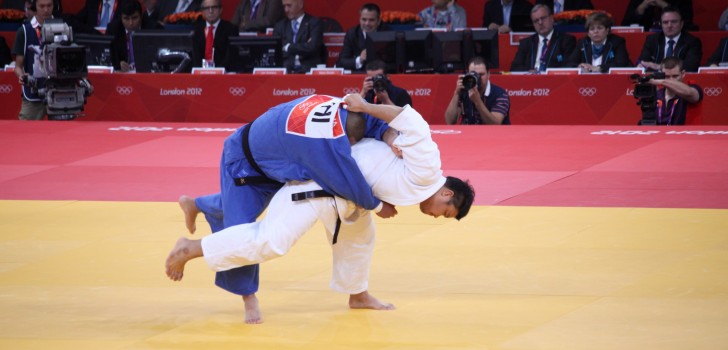By now you have probably witnessed one of the many online videos documenting the humorous failed attempts at walking by the current crop of humanoid robots. Researchers at Georgia Tech are working to transform these awkward falls into more graceful missteps as they develop algorithms that will command a robot to choose the least damaging way to fall.
Doctoral grad student Sehoon Ha designed his algorithm to react to a wide variety of falls and measured the effectiveness of his algorithm for each situation. This was done by comparing the max force experienced by both the algorithm robot and a control robot, which made no attempt to break its fall.
Sehoon developed the project by building upon the previous work of Professor Karen Liu, who had researched the ways in which cats react during a fall.
The algorithm is still too slow to be practical on a real-world prototype, as it takes up to 10 seconds to compute a solution to the fall. Professor Liu commented on the latest iteration of the algorithm, “Our new planning algorithm takes into account the hardware constraints and the capabilities of the robot, and suggests a sequence of contacts so the robot gradually can slow itself down… Now the robots may fall more gracefully than people and possibly cats, too. Imagine that.”
In YouTube videos posted by Georgia Tech, the test robot can be seen using different strategies ranging from a simple foot placements up to a somersault, depending on the force with which it is pushed into a fall.
Because the current algorithm can only contend with forward or backward falls, further research will need to be done to contend with the more complex falls that a robot would experience in the real world, in addition to developing a way for the robot to get back on its feet.
Stay Connected